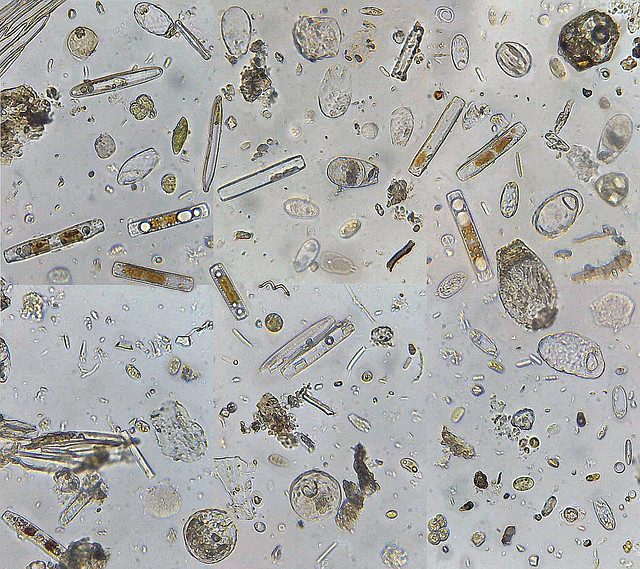A recent study, published in Genome Biology, claims to have found at least 145 ‘foreign’ genes in human DNA 1. In order to detect these ‘intruders’, a team of scientists scanned human DNA for segments with close resemblance to genes of non-animals (such as fungi or bacteria), but not genes found in other animals. Additionally, the researchers only looked at active genes – which cells use to produce RNA and proteins.
The study also pinpoints likely donors of the 145 identified DNA pieces: in primates (including humans), counterparts for a majority (56.7%) of the non-animal genes were found in protists (a group of one-cell organisms, including some human parasites), while the remaining genes were claimed to be derived from bacteria (25%), fungi (10%) plants (5.4%) and archaea (2.4%).
The conclusions of the study are, however, not indisputable. There are two explanations for a gene being present in one animal but not the other. As this study suggests, an animal could have gotten that gene from another organism. Alternatively, the same animal could have kept a gene that other animals have lost in the course of evolution.
The researchers admit that the alternative theory cannot be dismissed by their data, but they suggest that the nature of the identified gene products speaks against it. A fair share of the identified ‘acquired’ genes with known function encode for enzymes, whilst it was found that ‘lost’ genes are unlikely enzyme-coding. However, other data from the study points towards the alternative theory as an explanation: Acquired genes contained a similar amount of introns (DNA pieces inside genes that are not translated into proteins) as native genes- even though these elements are not present in bacterial genes. If bacterial genes were transferred to humans, one would expect to find a lower-than-average number of introns in these genes.
Even if the gene transfer theory holds up, this study does not touch upon one important question: How did those genes end up in the human genome? Admittedly, this is a tough nut to crack – but a look at our DNA reveals that gene transfer by different means is surely possible.
At least 8% of our DNA is made up from the remains of viruses that infected our distant ancestors’ cells 2. Viruses can insert information into our DNA – HIV, for example, can paste its genome into the DNA of T-cells it infects. Viruses therefore may be able to act as DNA transfer vehicles. But could they infect very dissimilar species and transfer whole genes between them? This remains a mystery that needs solving.
The concept of cross-species gene transfer is already a well-accepted scientific concept in simple organisms. Our own primeval ancestor cell once took up a bacterium and, over a long period of time, transferred most of the bacterial DNA into its genome. In animal cells, remains of this ancient bacterium, now called mitochondria, still contain a piece of their own DNA. Whether a similar mechanism is active in complex, multicellular animals and whether it is responsible for the transfer of the ‘foreign’ genes identified in this study remains to be explored.
Edited by Debbie Nicol
References
- Crisp, A et al. Expression of multiple horizontally acquired genes is a hallmark of both vertebrate and invertebrate genomes. Genome Biology (2015), 16:50, doi:10.1186/s13059-015-0607-3
- International Human Genome Sequencing Consortium. Initial sequencing and analysis of the human genome. Nature 409, 860–921 (2001), doi:10.1038/35057062

